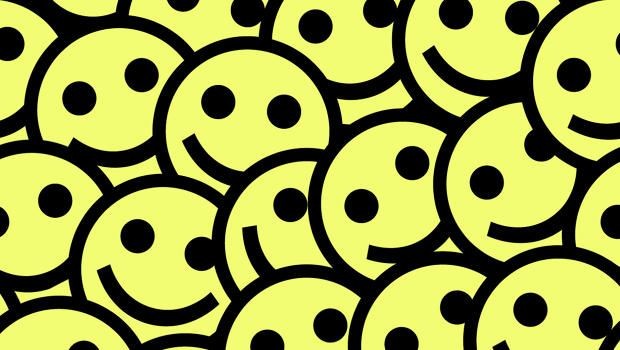The country that measures happiness — Korea
페이지 정보

본문
The Country That Measures Happiness — Korea
For me walking through the neon-lit streets, the city feels alive. Cafés buzz with quiet conversations, K-pop plays softly in the background of convenience stores, and digital billboards flash the latest trends. Everything here seems designed for efficiency, comfort, and, supposedly, happiness.
In Korea, happiness isn’t just a feeling—it’s something measured. Reports, surveys, and statistics regularly analyze the nation’s well-being, trying to quantify emotions in numbers. But what does happiness really look like?
For some, it’s the satisfaction of securing a stable job after years of competitive schooling. For others, it’s the joy of an impromptu late-night dinner with friends at a pojangmacha, laughter echoing over steaming bowls of tteokbokki.
And yet, beneath the surface, a quiet contradiction exists. The same country that measures happiness also has one of the highest work hours and academic pressures in the world. People pursue success relentlessly, sometimes at the cost of their well-being.
One afternoon, while sipping an iced Americano in a bustling café, the question lingers—what does happiness really mean here? Is it found in the small, fleeting moments, like the first cherry blossoms of spring or the warmth of a shared meal? Or is it something bigger, something society is still trying to define?
Perhaps the answer isn’t in the numbers but in the everyday lives of the people. In a country that measures happiness, the real challenge isn’t tracking it—but learning how to truly feel it.
For me walking through the neon-lit streets, the city feels alive. Cafés buzz with quiet conversations, K-pop plays softly in the background of convenience stores, and digital billboards flash the latest trends. Everything here seems designed for efficiency, comfort, and, supposedly, happiness.
In Korea, happiness isn’t just a feeling—it’s something measured. Reports, surveys, and statistics regularly analyze the nation’s well-being, trying to quantify emotions in numbers. But what does happiness really look like?
For some, it’s the satisfaction of securing a stable job after years of competitive schooling. For others, it’s the joy of an impromptu late-night dinner with friends at a pojangmacha, laughter echoing over steaming bowls of tteokbokki.
And yet, beneath the surface, a quiet contradiction exists. The same country that measures happiness also has one of the highest work hours and academic pressures in the world. People pursue success relentlessly, sometimes at the cost of their well-being.
One afternoon, while sipping an iced Americano in a bustling café, the question lingers—what does happiness really mean here? Is it found in the small, fleeting moments, like the first cherry blossoms of spring or the warmth of a shared meal? Or is it something bigger, something society is still trying to define?
Perhaps the answer isn’t in the numbers but in the everyday lives of the people. In a country that measures happiness, the real challenge isn’t tracking it—but learning how to truly feel it.
- PrevNavigating Health and Well-Being as a Foreigner in Korea 25.04.03
- NextDo you need to upgrade your phone in Korea? 25.04.01
댓글목록
There are no registered comments.


